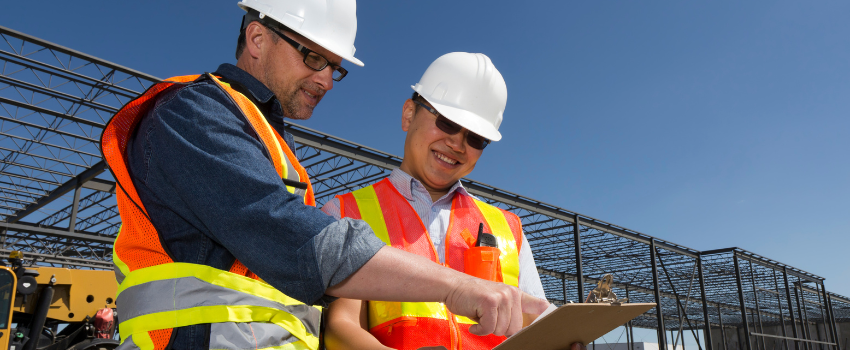Safety & CO2
Originally Featured in the CO2 Edition of GasWorld Magazine
CO2 is colorless, odorless, and tasteless. While it is generally safe to handle, it can still be hazardous in certain situations.
To ensure the safe handling of carbon dioxide, the Compressed Gas Association (CGA) has developed a set of guidelines and best practices for its use, storage, and transportation in its liquid, gaseous, and solid (dry ice) forms and when it is used as a component in gas mixtures.
Three CO2 Safety Considerations:
1. High concentrations
When handling CO2, it is important to avoid exposure to high concentrations of the gas. Carbon dioxide, as a gas, is heavier than air, so it will “flow” along the floor and tends to accumulate in low-lying areas such as basements and trenches. If CO2 is released in a confined space it can create a very hazardous atmosphere even before it displaces the oxygen below the breathable range. To avoid this risk, all risk areas must be monitored to warn of high concentration build-up, Workers should always wear appropriate personal protective equipment (PPE) when entering an enclosed area where carbon dioxide may have accumulated.
2. Pressure
One of the key safety considerations when dealing with carbon dioxide is its pressure. Carbon dioxide is often stored and transported in high-pressure cylinders, which can pose a hazard if not filled and handled properly. Cylinders containing liquified CO2 must be filled by weight unless special engineering controls are employed, and the cylinders should be in an upright position, away from heat. As with all cylinders, they should be properly secured and stored and also properly labeled and marked to indicate the contents. In liquid systems, dry ice blockage can cause extremely high pressures to build.
3. Handling dry ice
Dry ice is the solid form of carbon dioxide. Dry ice is extremely cold (−109.3 °F / −78.5 °C) and rapidly sublimates, or converts, into carbon dioxide gas at room temperature. It is used extensively as a cooling agent.
Anyone who handles dry ice should be aware of its unique properties and potential hazards. These include the extremely cold temperature, potential to create an oxygen-deficient atmosphere, and its rapid conversion from a solid to gas.
In addition to these general safety considerations, CGA also provides specific guidelines for the use of carbon dioxide in different applications. For example, the use of carbon dioxide in beverage dispensing systems requires special care to avoid contamination and ensure the quality of the product. CGA standards recommend regular cleaning and maintenance of beverage dispensing systems, as well as the use of beverage-grade carbon dioxide.
Overall, CO2’s safe handling requires a combination of proper equipment, training, and best practices. By following the guidelines, workers can minimize the risk of accidents and injuries related to this gas. This includes the storage and handling of cylinders, avoiding exposure to high concentrations of the gas, and taking all appropriate safety measures. With the right precautions, dioxide can be used safely and effectively in a wide range of applications.
CGA CO2 publications you should know
- G-6 Carbon Dioxide
- G-6.1 Standard for Large Insulated Liquid Carbon Dioxide Systems at User Sites
- G-6.2 Commodity Specification for Carbon Dioxide
- G-6.3 Carbon Dioxide Cylinder Filling and Handling Procedures
- G-6.5 Standard for Small Stationary Insulated Carbon Dioxide Supply Systems
- G-6.9 Dry Ice
Click here to see all CGA CO2 Publications.
Gasworld Article: https://www.gasworld.com/feature/safety-and-co2/2121886.article/


